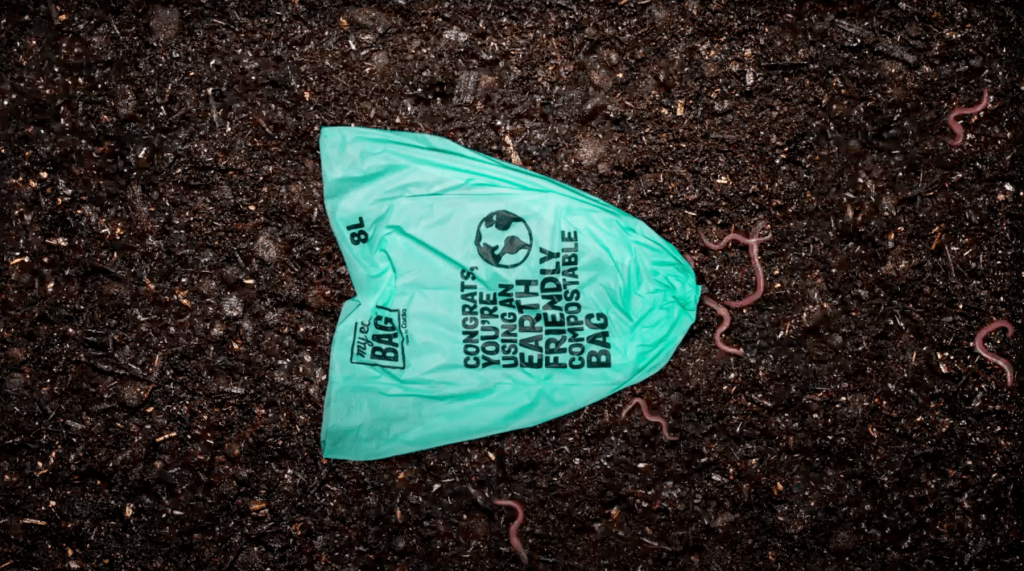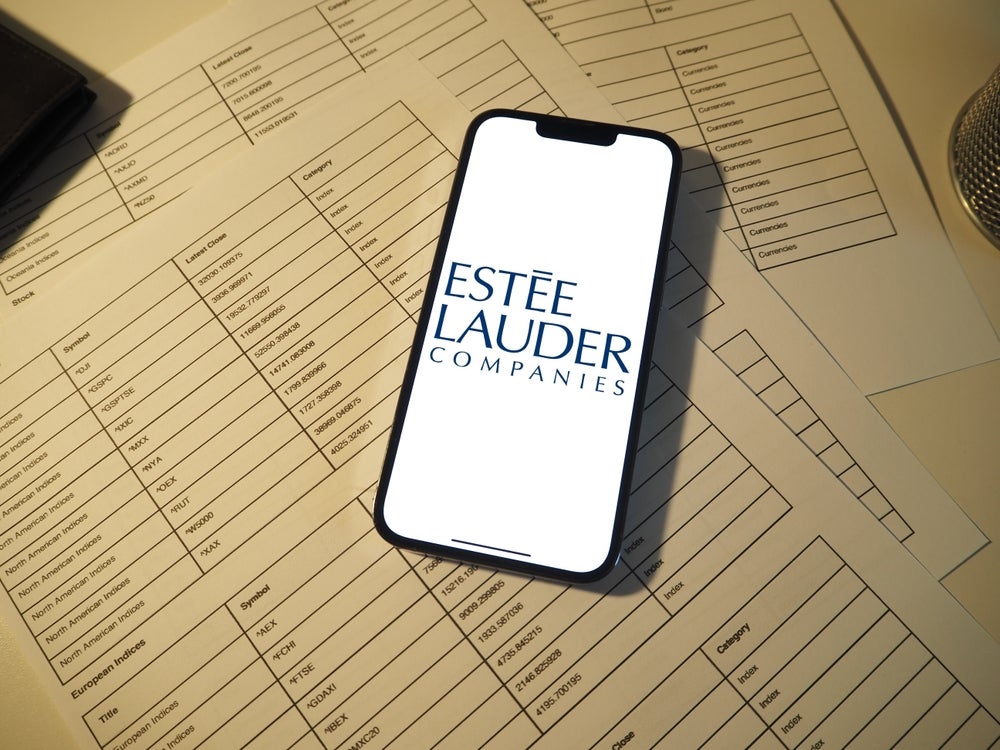
Starting a packaging design or development project can seem like a daunting task; a product’s packaging is as important as the product itself so it’s vital to get it right. Getting the synthesis of form and function allows brands to control the user experience across every touchpoint.
Packaging doesn’t exist in a vacuum. Design and development decisions must take into account wider trends in consumer behaviour and the changing regulatory landscape while acting as a marketing vehicle to clearly communicate core brand values.
This can be difficult to achieve, but by thinking about five key elements – brand identity, consumer megatrends, geography, safety and sustainability – you can start your project off on the right track and avoid any expensive mistakes.
Brand identity
From the outset, packaging should be thought of as a marketing vehicle. It’s an opportunity to translate brand identity and values directly onto your product, helping you differentiate from competitors and engage your target audience.
With packaging, first impressions count. So too does the experience of using the product, how it feels and performs.
Decorative techniques on primary packaging can help introduce your brand identity and values directly onto your product – such as etching – resulting in the loss of transparency on glass, metallisation, hot stamping, screen printing, and anodising.
How well do you really know your competitors?
Access the most comprehensive Company Profiles on the market, powered by GlobalData. Save hours of research. Gain competitive edge.

Thank you!
Your download email will arrive shortly
Not ready to buy yet? Download a free sample
We are confident about the unique quality of our Company Profiles. However, we want you to make the most beneficial decision for your business, so we offer a free sample that you can download by submitting the below form
By GlobalDataValue-added functionality – for example, providing water resistance, insulation, and added durability, or being reusable, child-resistant and easy-to-open and reseal – brings many benefits too, catching consumers’ attention and allowing you to reach a higher price point.
However, designing for brand identity shouldn’t come at the expense of the following elements:
Consumer megatrends
There are many overlapping so-called “megatrends” influencing consumer purchasing decisions. No packaging project should be undertaken without first understanding these trends and what’s shaping them.
The trend for personalisation is growing year-on-year, following the success of campaigns from Coca Cola, Marmite and Function of Beauty to name a few. Elevating the everyday item to something special and giving it the “shareability” factor, personalised packaging is a clever way to stand out.
Shortening attention spans and information overload continues to drive another trend – minimalism. Minimalist packaging design stands out from the crowd because it conveys a highly-targeted brand message in an instantly understandable way.
Inclusivity is also a global megatrend brands cannot afford to ignore.
Creating packaging that’s intentionally accessible to all people – regardless of age, gender, disability or physical limitation – makes it more appealing to everyone.
Last, but not least, sustainability is driving a new wave of packaging design. Consumers are ready to play their part by making smart and responsible purchasing decisions. Packaging is a key arena in which sustainability can be realised, helping to reduce the amount of waste produced and discarded.
Geography
Historically, packaging visualised the values of a culture in a distinct geographical region. However, with globalisation and mass branding, these differences are disappearing.
Packaging design today must meet global needs while complying with regulations that can vary hugely between territories, particularly in the health and food sectors, and enduring cultural sensitivities.
Understanding these differences and how to tailor packaging – whether it’s through labelling or development – in the most efficient way possible is a vital step in the process.
Safety-first
Packaging safety regulations exist to protect the public. Improper packaging can cause physical injury or illness, no matter what the product is.
There is an important balance to be struck between innovation in child-resistant packaging design and designing for accessibility, particularly as many countries around the world have ageing populations.
Taking a safety-first approach can help to direct packaging design and development projects in a way that puts the consumer first. Both physical and visual attributes can make a product’s packaging unsafe.
Development teams need to add comprehensive product and package risk assessments into any project’s timeline, giving packaging developers and their partners time to understand and mitigate any hazards.
Sustainability
Today, sustainability is an expectation not merely a trend. But going green with packaging doesn’t come without challenges.
When it comes to the carbon footprint of a product’s packaging, it’s judged on the whole life cycle, from manufacture to the rubbish or recycling bin.
From a sustainability perspective, there are many factors which dictate whether packaging is designed well or badly. For example, this can be judged on its size compared to its contents, its shape and how efficiently it can be transported, the materials it’s made from, how well it protects and delivers the product to the consumer, and what happens once it’s discarded.
Each point needs to be carefully considered during the design and development process to make sure packaging meets these eco-expectations without compromising on form or function.







